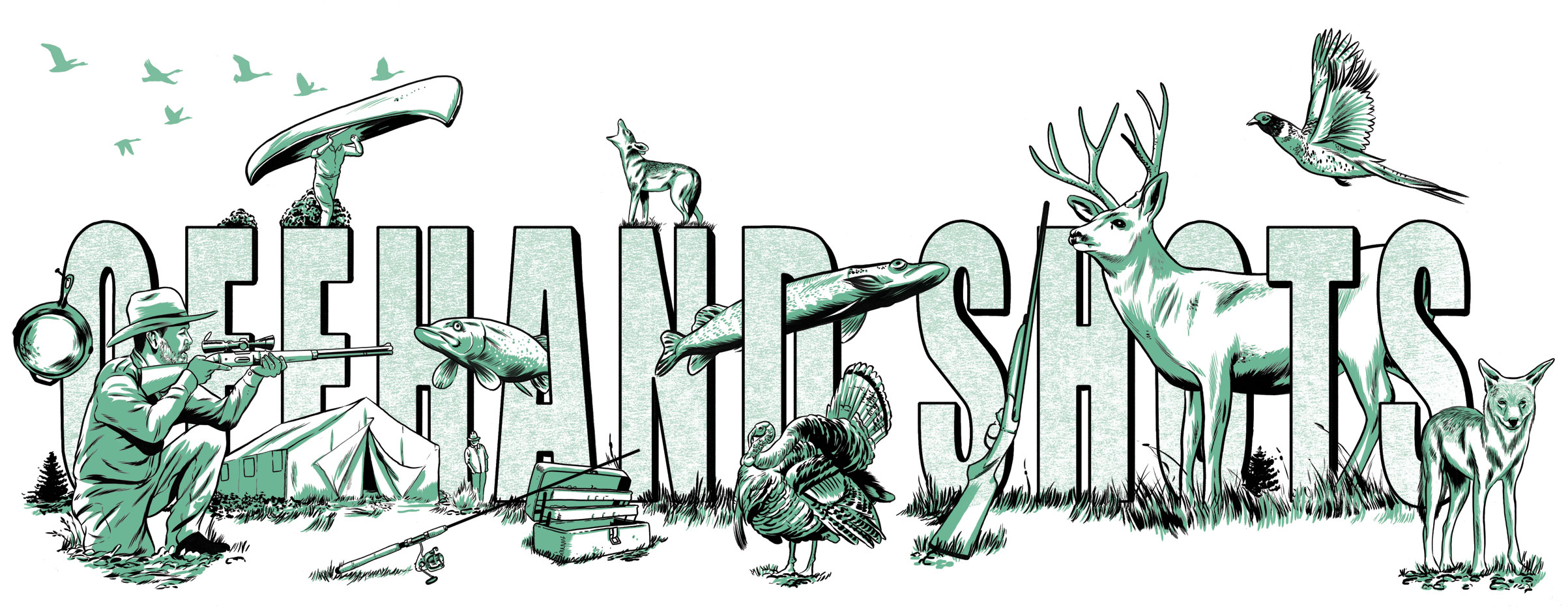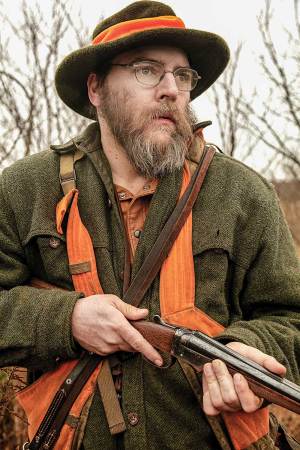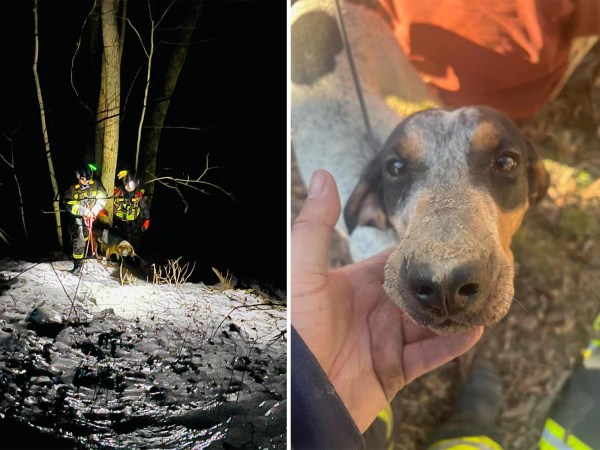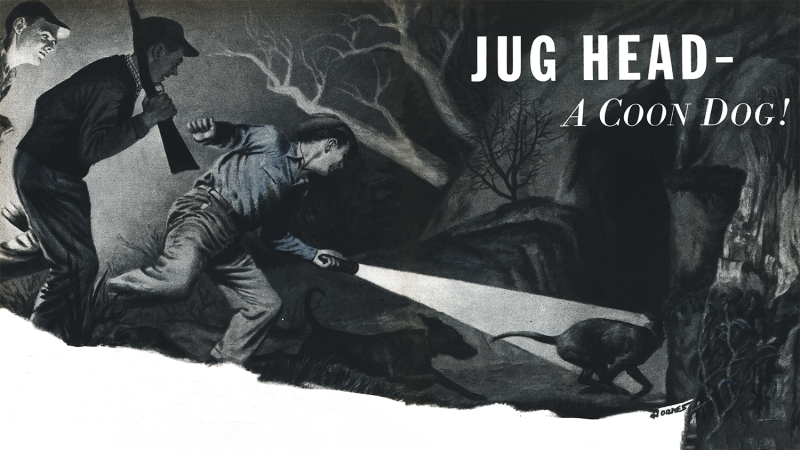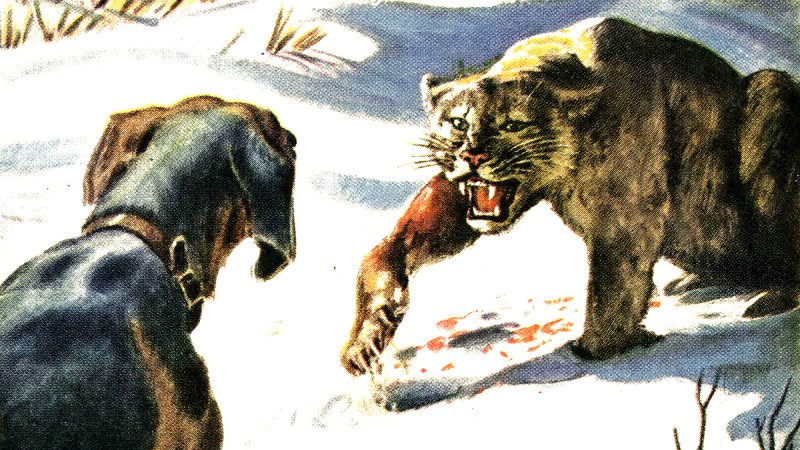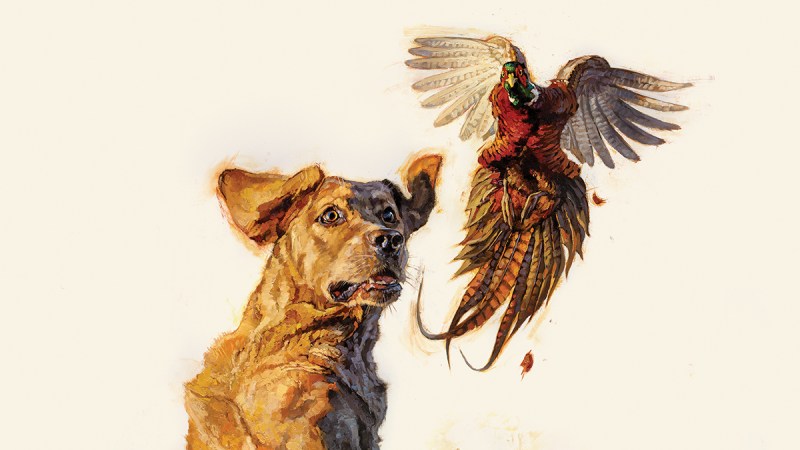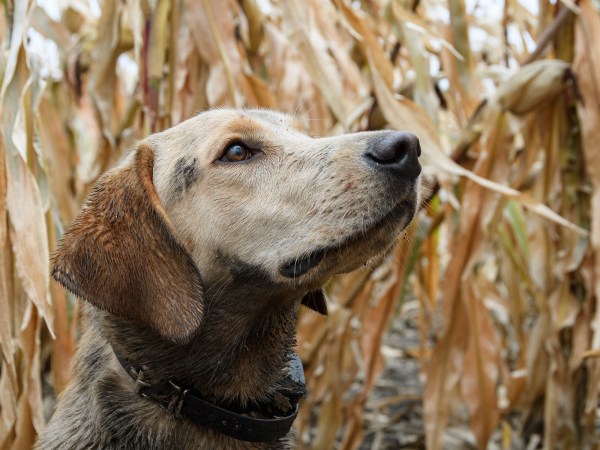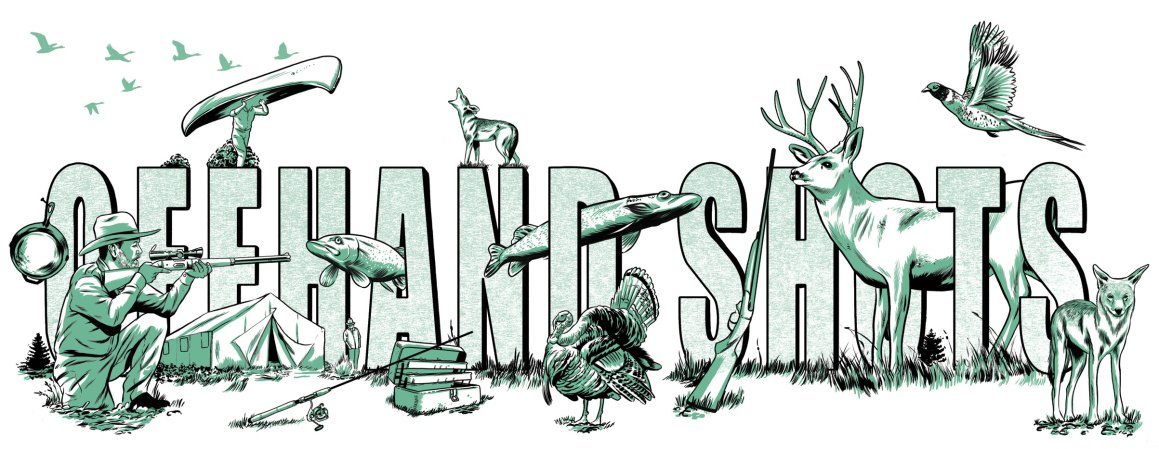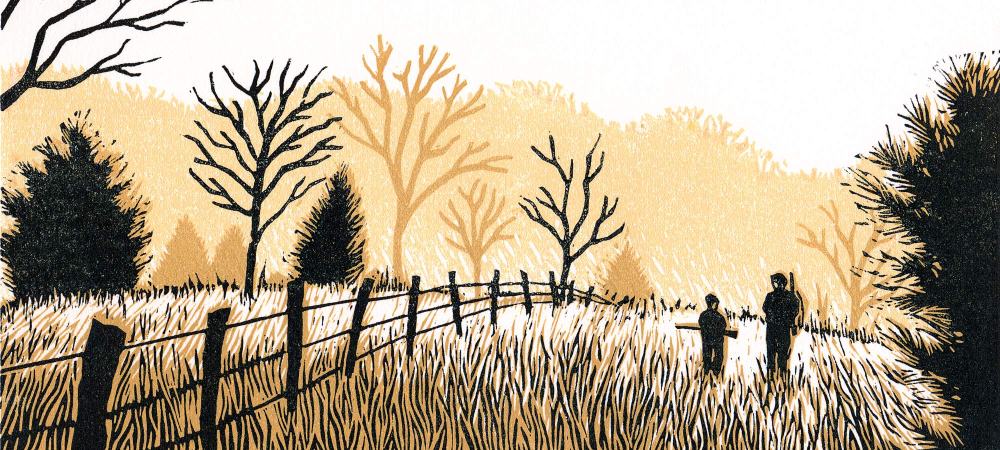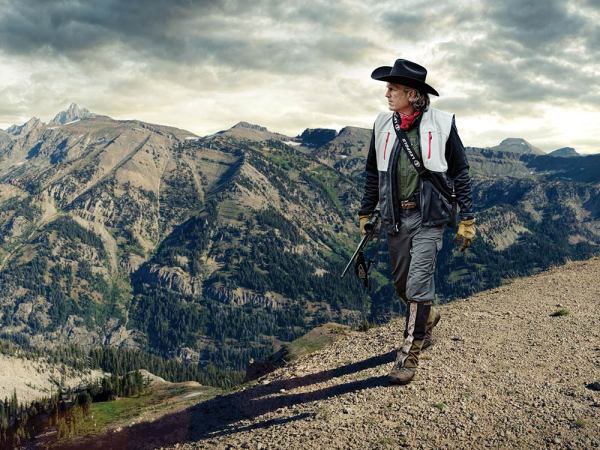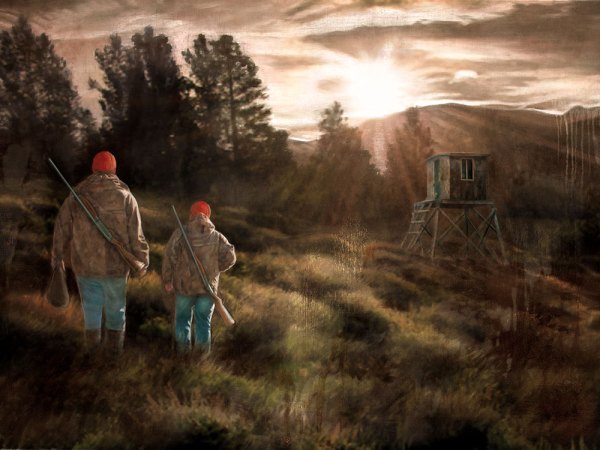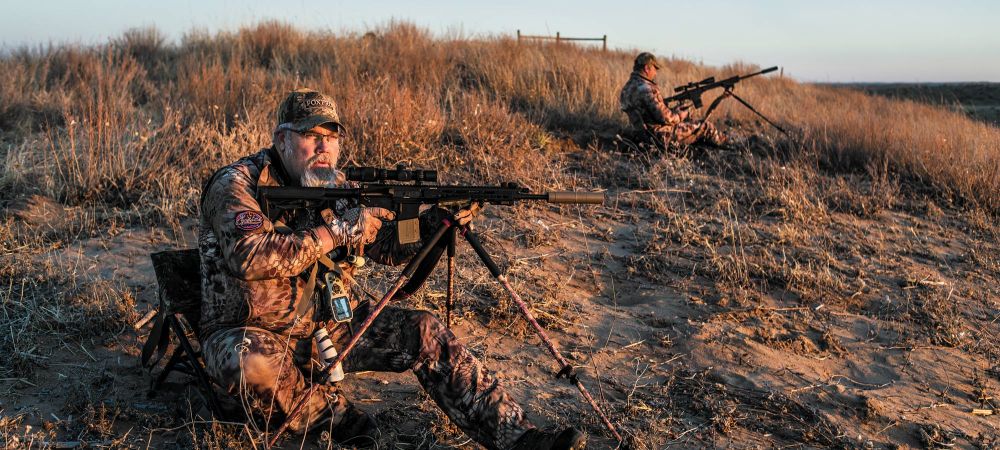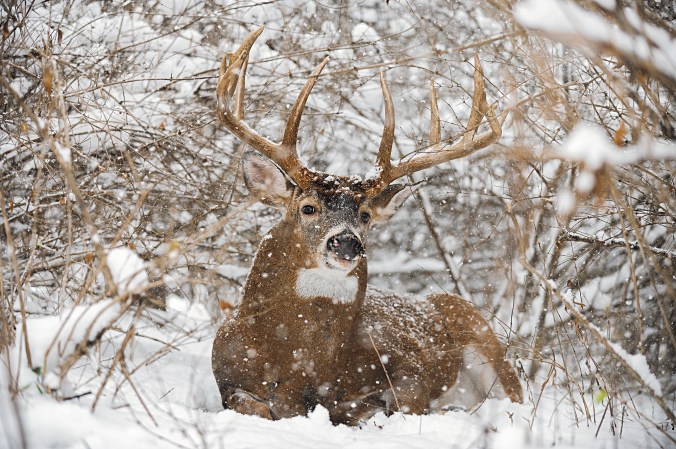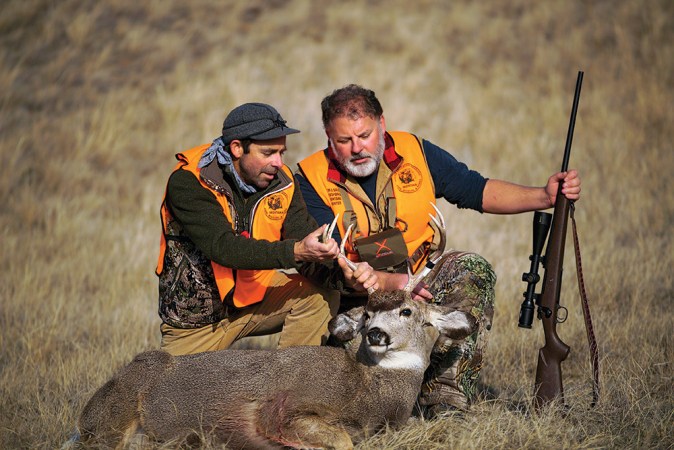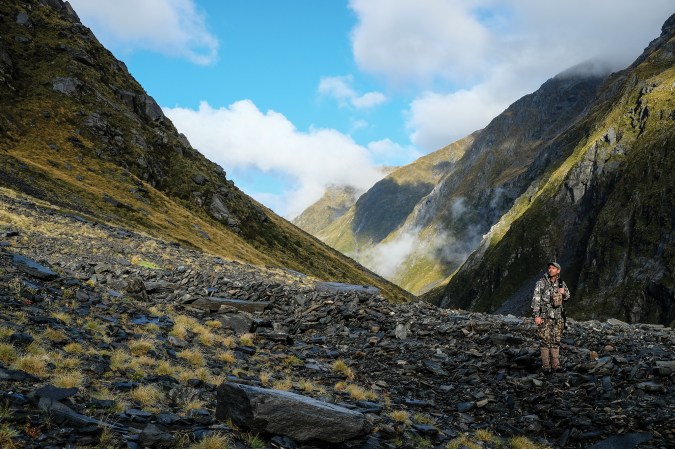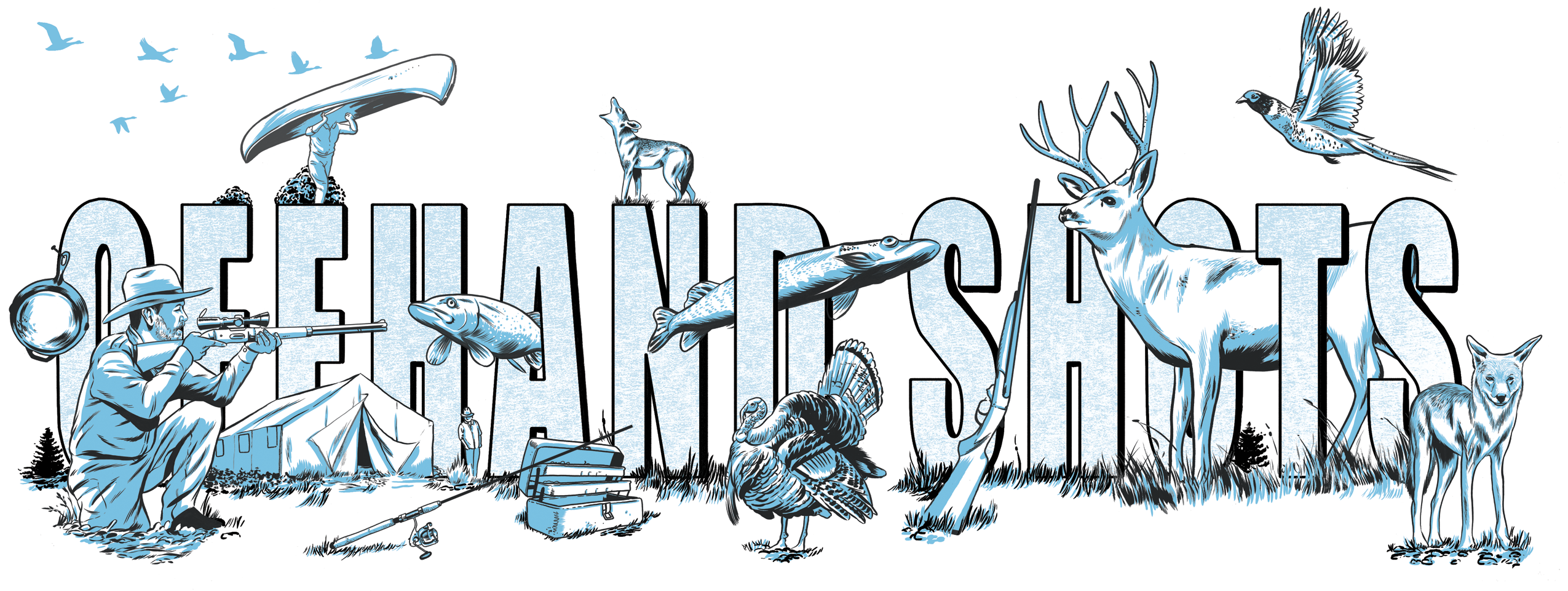
Around the time I turned 10, I learned to drive Dad’s stick-shift Ford pickup on gravel roads around our Nebraska farm. As each of my three boys neared that age, I taught them to drive on the same roads, first in my automatic Ford pickup.
Later, they graduated to their grandfather’s red stick-shift Toyota pickup, the floorboards so rusted out you could see gravel zipping underneath. A kid should know how to drive a stick shift, I figured, and there wasn’t much they could do to hurt that old Toyota.
It was usually hunting season when we were back at the farm, and sometimes we’d take a midday break for lunch and park on the hill by the shop, and the boys would take turns driving the quads on dirt roads. I’d sit on the tailgate, watching the plume as they sped along and then the big cloud of dust they kicked up cutting cookies in a wheat-stubble field they thought was well out of my sight. It was out of sight; the dust wasn’t.
On a road near the farm, there’s a sharp hill that, when you go over it fast enough, gives you that bottom-drop feeling in your stomach. We called it Tickle Tummy Hill.
One deer season—Hunter was 14; Jack, 12; Sam, 9—we were driving west on Tickle Tummy Road. About a mile from the namesake hill, the two-track passes a handful of cedars along a section line. One of the boys spotted a colorful blanket as we approached the cedars. It was between two trees, and there was an obvious lump under it. Way out of place. The closest home was a mile and a half to the north; the next closest, a lot farther than that.
With an uneasy feeling, we stopped, knowing we couldn’t just drive by.
Read Next: A Boy’s First Pocketknife
We approached the quilted blanket. I lifted a corner, apprehensive, holding my breath. Underneath lay a dead black Lab.
No collar, but you could see where a collar had been worn. No obvious wounds or cause of death. Wait, a splat of blood on her mouth. She’d been dead a while; pheasant season opened two weeks earlier and a lot of hunters drive these back roads. She might have been lying there since the opener.
It seemed sacrilegious to poke around too much, but we speculated on what had happened. Heart attack? Accident? She was mature, but not old. No graying around the muzzle. The blood indicated possible injury, but we didn’t disturb her by flipping her over to investigate.
Whatever the case, someone had cared for this dog. And they didn’t expect her to die out here. They must not have had a shovel to dig a grave, but they found a special place as a final resting spot. Or maybe she expired right here, pheasants flushing from under the cedars. They covered her with a nice blanket, probably her favorite. At least that was something. We had a shovel, but it seemed more fitting to leave her as we had found her.
Over the course of the deer season, we drove by the cedars a time or two, usually with my boys at the wheel of their grandfather’s Toyota. With each passage, we’d look for the blanket; it was always there. We didn’t stop. We knew what it hid.
The following season, there was no trace of the blanket or the dog. We think about her now and then, and mention her once in a while when we pass, now with the boys at the wheel of their own pickups. In her memory, we now call this western extension of Tickle Tummy Hill Road Dead-Dog Road. Some people might think we are being irreverent, but it’s our way of memorializing not only a beloved dog, but also a rite of passage—another generation of Arterburns leaving our own place-names on the back roads of western Nebraska.
